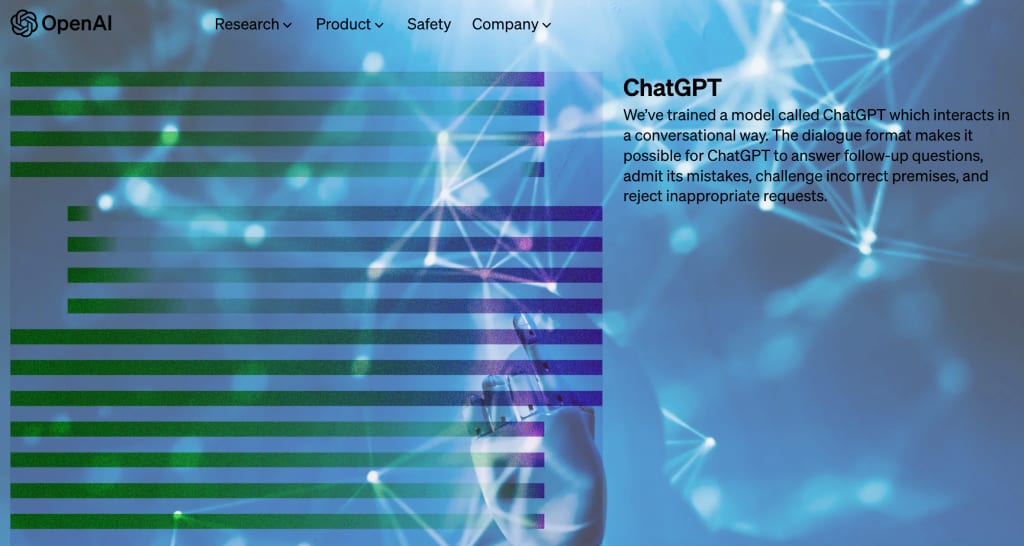Behind the Scenes of ChatGPT: Secrets of an AI Language Model
Exploring the Training, Capabilities, and Limitations of ChatGPT, the Transformer-based Language Model from OpenAI

As an AI language model created by OpenAI, ChatGPT is designed to provide conversational assistance and answer a wide range of questions for users. While ChatGPT is a machine learning model and has no personal or private information, there are some interesting facts and secrets about how it works and what goes on behind the scenes.
Firstly, it's important to understand that ChatGPT is an example of a transformer-based language model. It was trained on a massive dataset of text from the internet and other sources using a technique called unsupervised learning. During the training process, the model is exposed to vast amounts of text, and it learns to recognize patterns and relationships between words and phrases in the text. This allows ChatGPT to generate human-like responses to a wide range of questions and prompts.
One of the secrets of ChatGPT is that it's not just a single model, but a family of models. The original version of the model, known as GPT-1, was first released in 2018. Since then, several updated versions of the model have been released, including GPT-2, GPT-3, and several other specialized versions of the model. Each version of the model has more parameters and is capable of more sophisticated language processing than the previous version.
Another secret of ChatGPT is the sheer size of its training dataset. The model was trained on a dataset of over 40 terabytes of text, which includes a wide range of sources such as books, articles, websites, and social media posts. The dataset also includes text in multiple languages, which helps the model understand the nuances of language and improve its ability to generate responses in different languages.
One of the challenges of training a language model like ChatGPT is that it can sometimes generate responses that are inappropriate or offensive. To address this issue, OpenAI has implemented several layers of filters and controls to ensure that the model generates responses that are appropriate for a wide range of audiences. These include filters that detect and remove offensive language, as well as controls that allow users to adjust the "temperature" of the model's responses, which determines how "creative" or "conservative" the responses are.
Another secret of ChatGPT is that it's not just used for generating text-based responses. The model can also be used for a wide range of natural language processing tasks, including language translation, text summarization, and sentiment analysis. This makes ChatGPT a powerful tool for businesses and researchers who need to analyze and understand large volumes of text data.
Another interesting secret of ChatGPT is that the model can be fine-tuned or customized for specific tasks or domains. For example, a business might train the model on customer support chat logs to create a chatbot that can answer customer questions more effectively. Or a researcher might fine-tune the model on a specific topic or domain, such as medical research or legal documents. This ability to customize the model for specific use cases is one of the key strengths of ChatGPT and makes it a versatile tool for a wide range of applications.
Despite its impressive capabilities, ChatGPT is not perfect, and there are some limitations to what it can do. For example, the model is not capable of understanding the world in the same way that humans do, and it can sometimes generate responses that are factually incorrect or nonsensical. Additionally, the model may struggle with certain types of text data, such as highly technical or specialized language.
In conclusion, ChatGPT is a fascinating example of the power of artificial intelligence and machine learning. Its ability to generate human-like responses to a wide range of questions and prompts is a testament to the incredible advances that have been made in natural language processing in recent years. While there are still some limitations to what the model can do, it's clear that ChatGPT is a tool that will continue to be used and developed for many years to come.





Comments
There are no comments for this story
Be the first to respond and start the conversation.